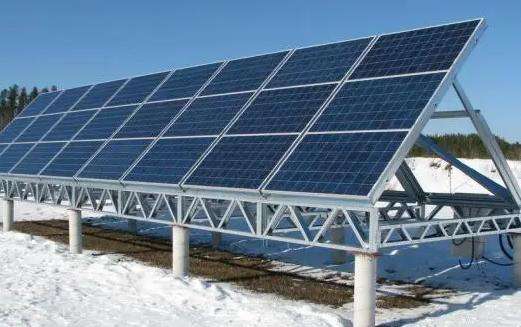Solar energy refers to the energy of thermal radiation from the sun (see the three modes of propagation of thermal energy: radiation). Its main manifestation is often called solar rays. Nowadays, it is typically used to generate electricity or provide energy for water heaters. Since the birth of life on earth, it has relied primarily on thermal radiation energy provided by the sun. Since ancient times, humans have also known how to use sunlight to dry objects and use it as a method of making food, such as crafting. salt and dry the salted fish. With the decline of fossil fuels, solar energy has become a significant part of human energy consumption and continues to grow. There are two ways to use solar energy: photothermal conversion and photoelectric conversion. Energy productionlaire is an emerging renewable energy source. Solar energy in a broad sense also includes wind energy, chemical energy, hydropower, etc. on earth.
Main classification
Photovoltaic panel module is a power generation device that generates direct current when exposed to sunlight.
p>It is almost entirely made of semiconductor materials (such as silicon) composed of solid photovoltaic cells. Simple photovoltaic cells can provide power for watches and computers, while more complex photovoltaic systems can provide home lighting, traffic lights and surveillance systems, and can be fed into the electricity grid . Photovoltaic panel modules can take different shapes and the modules can be connected to produce more electricity. The components of the panPhotovoltaic panels can be used on roofs and building surfaces, and can even be used as part of windows, skylights or screening devices. These photovoltaic installations are often called building-mounted photovoltaic systems.
According to research, due to overcapacity, the profits of the world's five largest manufacturers have declined and the installation volume of photovoltaic modules will decline in 2012. This is the first decline in more than 10 years old. According to the average forecast of six Bloomberg analysts, 24.8 GW of photovoltaic modules will be installed in homes and commercial institutions around the world. This is equivalent to the electricity production of around twenty nuclear reactors, but represents a 10% reduction compared to the 27.7 GW of newly installed photovoltaic capacity. According to estimates from Bloomberg New Energy Finance, installations anAverage solar temperatures have increased by 61% since 1999.
Photothermal
Modern solar thermal technology bundles sunlight and uses its energy to produce hot water, steam and electricity. In addition to using appropriate technology to collect solar energy, buildings can also harness the sun's light and heat by incorporating appropriate features into their design, such as large south-facing windows or using materials from construction that slowly absorb and release heat from the sun. p>
Advantages
(1) Universal: the sun shines all over the earth and there is no geographical restriction, no matter land or sea, no matter mountains or islands , and can be directly developed and used, easy to collect, and does not require mining and transportation.
(2) Harmless: the development and use of energysolar will not pollute the environment. It is one of the cleanest sources of energy, which is extremely valuable today as environmental pollution becomes more and more serious.
(3) Huge: The energy of solar radiation that reaches the Earth's surface each year is approximately equivalent to 130,000 billion tons of coal, and its total amount constitutes the greatest energy that can be developed in the world today.
(4) Long term: Based on estimates of the rate of nuclear energy produced by the sun, hydrogen storage is sufficient to power solar energy. Tens of billions of years, and the life of the earth also lasts about several billion years. In this sense, we can say that the energy of the sun is inexhaustible.
Solar energy is generated by the fusion of internal hydrogen atoms to release enormous nuclear energy, which is the radiant energy of the ssun. Most of the solar energy needed by humans comes directly or indirectly from the sun. Plants release oxygen, absorb carbon dioxide and convert solar energy into chemical energy and store it in the plant body through photosynthesis. Fossil fuels such as coal, oil and natural gas are also formed from ancient plants and animals buried underground over long geological evolution and are primary energy sources. The energy contained in the earth itself generally refers to the energy related to the thermal energy inside the earth and the energy related to the nuclear reaction.
The energy linked to nuclear reactions is nuclear energy. When the structure of the atomic nucleus changes, it can release a large amount of energy, called nuclear energy, or nuclear energy for short, commonly known as atomic energy. He prcomes from nuclear fission energy resources when uranium, plutonium, etc. stored in the earth's crust undergo fission reactions, and nuclear fusion energy resources when deuterium, tritium, lithium, etc. stored in the ocean undergo fusion reactions. These substances release energy when nuclear reactions occur. Currently, the main use of nuclear energy is electricity generation. In addition, it can also be used as other types of energy sources, heat sources, etc.














